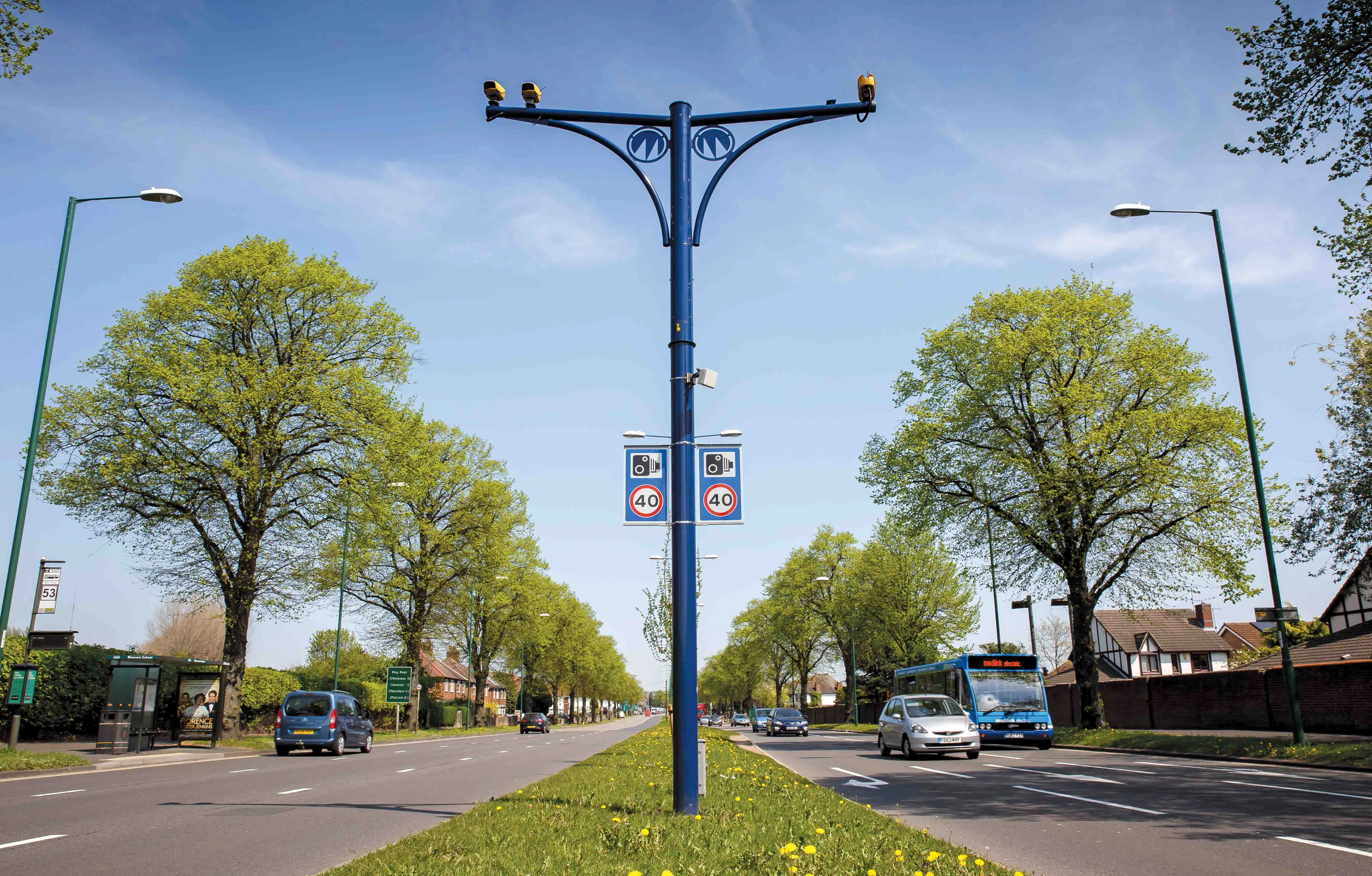In its annual report for the year to 30 June 2011, the Western Australia police force has published figures that show a 58 per cent improvement in detecting vehicles exceeding the speed limit through the deployment of Vitronic's PoliScanSpeed.According to the report, 13.7 million vehicles were measured between July 2010 and June 2011. Of these 26.1 per cent were detected travelling in excess of the speed limit.
May 4, 2012
Read time: 1 min
In its annual report for the year to 30 June 2011, the Western Australia police force has published figures that show a 58 per cent improvement in detecting vehicles exceeding the speed limit through the deployment of 2879 Vitronic’s PoliScanSpeed.
According to the report, 13.7 million vehicles were measured between July 2010 and June 2011. Of these 26.1 per cent were detected travelling in excess of the speed limit. “This performance is attributed to the improved effectiveness of new Vitronic digital speed cameras”, the report states. Over the previous four years, this proportion was consistently between 16.1 per cent and 17 per cent.
PoliScanSpeed is a LIDAR-based speed enforcement system.
According to Vitronic, innovative laser technology allows measuring without in-road equipment such as loops or sensors. The system is capable of operating in challenging situations such as multi-lane roads with significant traffic volumes, road work zones and bends. It even operates with vehicles tailgating, travelling adjacent to other vehicles or changing lanes.
According to the report, 13.7 million vehicles were measured between July 2010 and June 2011. Of these 26.1 per cent were detected travelling in excess of the speed limit. “This performance is attributed to the improved effectiveness of new Vitronic digital speed cameras”, the report states. Over the previous four years, this proportion was consistently between 16.1 per cent and 17 per cent.
PoliScanSpeed is a LIDAR-based speed enforcement system.
According to Vitronic, innovative laser technology allows measuring without in-road equipment such as loops or sensors. The system is capable of operating in challenging situations such as multi-lane roads with significant traffic volumes, road work zones and bends. It even operates with vehicles tailgating, travelling adjacent to other vehicles or changing lanes.








